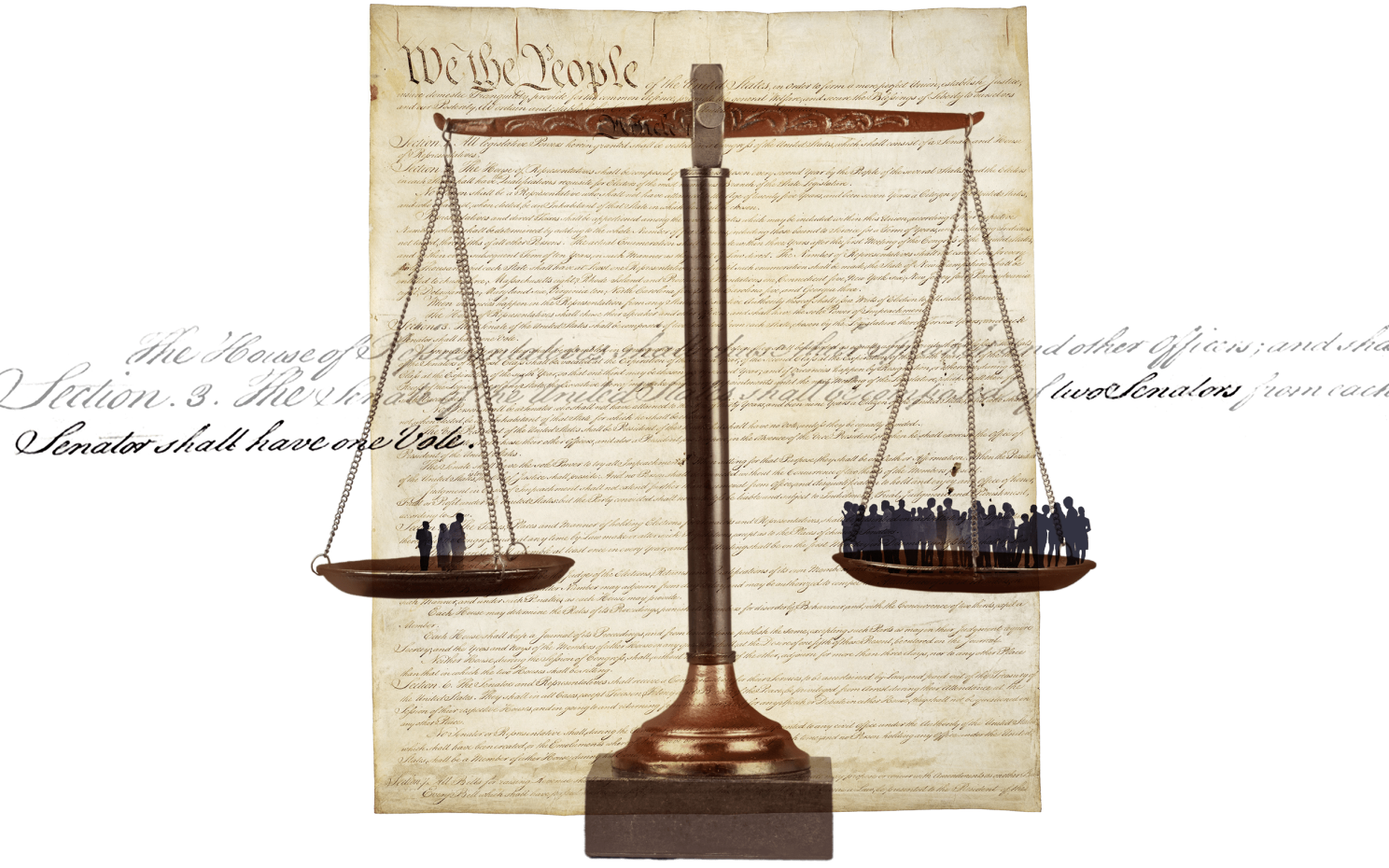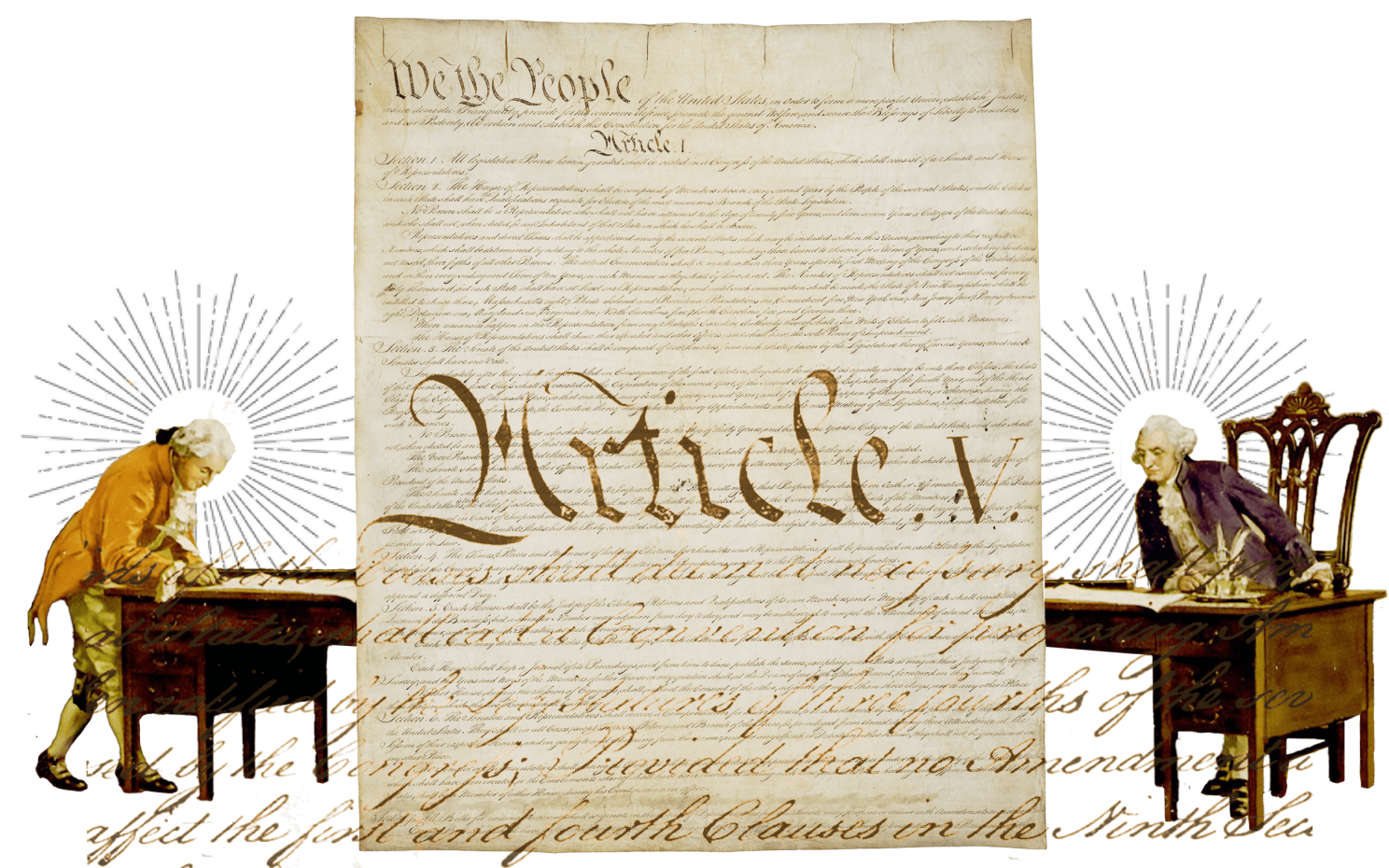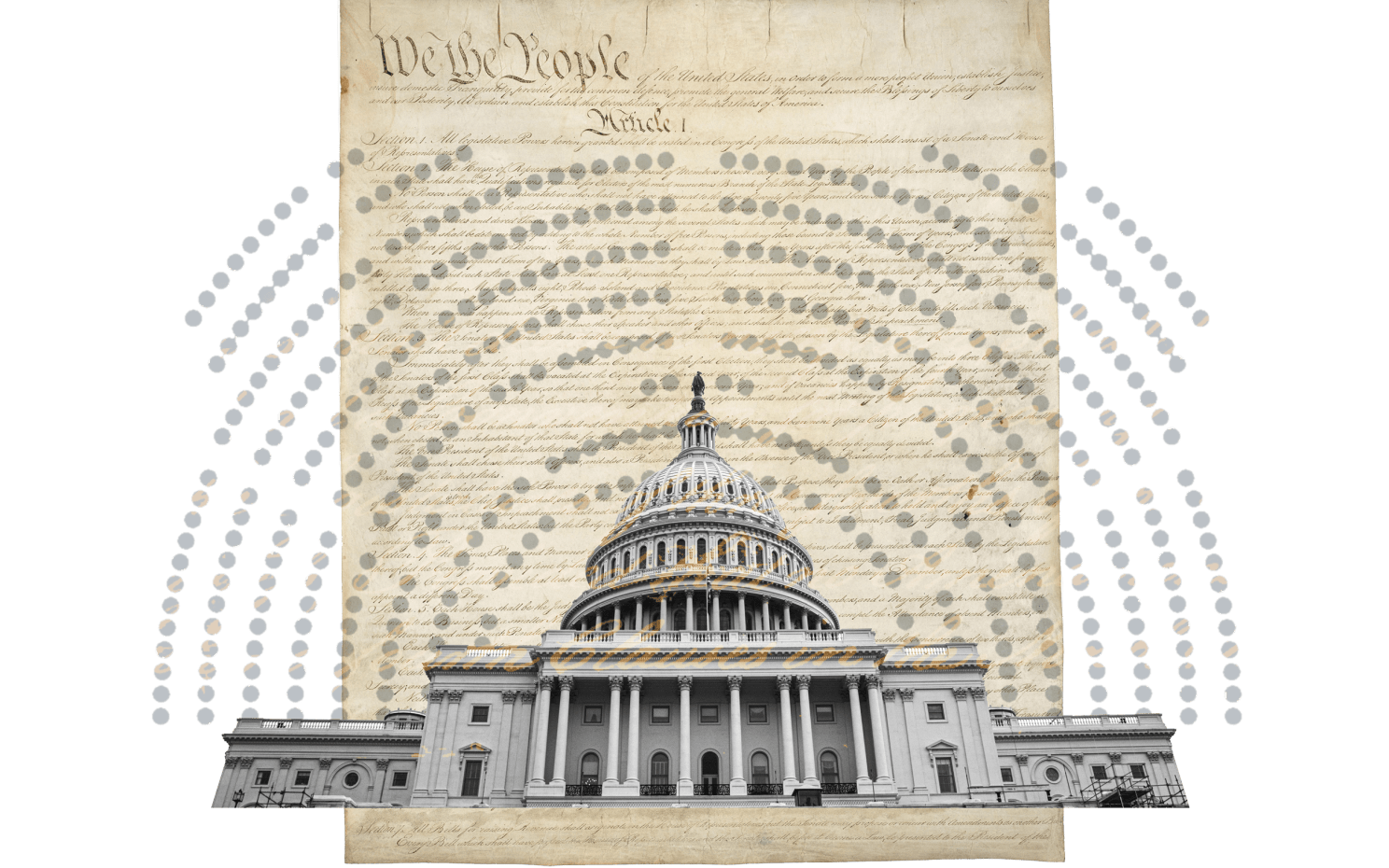Amendments should start with states

Illustration by Judy Blomquist/Harvard Staff
U.S. needs to smooth process without lowering high bar for constitutional change, says Stephen Sachs
Part of the Fixing the Constitution series
Many analysts and citizens believe that the Constitution, more than 230 years old, is out of touch with contemporary America. We asked five scholars to isolate the problem they’d attack first.
Stephen Sachs is the Antonin Scalia Professor of Law.
The Constitution is too hard to amend. Congress hasn’t managed to propose a successful amendment since 1971, more than 50 years ago. That sends the demand for constitutional change into the wrong channels. Politicians and courts try to sneak informal amendments into ordinary legislation or court decisions — even though the Constitution is supposed to govern them, and not the other way around. To make our formal Constitution work effectively, we need to make the formal amendment process easier: not by lowering our standards, but by flipping the process on its head.
Article V allows new amendments to be proposed by a two-thirds vote in each house of Congress and ratified by three-fourths of the states. In a polarized society, it makes sense for constitutional change to be hard, requiring support that’s broadly distributed across the country. Americans are divided on basic questions, so a local majority shouldn’t get to rewrite our structure of government or invent new or different constraints.
“To make our formal Constitution work effectively, we need to make the formal amendment process easier: not by lowering our standards, but by flipping the process on its head.”
But the result is that new amendments can’t even get off the ground without the “big bang” of two-thirds votes in the House and Senate. Anything favored by one set of national politicians often will be reflexively opposed by another, meaning that most amendment proposals are dead on arrival.
We can smooth the channels of amendment without lowering Article V’s high bar. We could pass a new amendment to let individual states go first, coming up with their own proposals and assessing the proposals made by others. Once three-fourths of the state legislatures have agreed on common language, the proposal would then move to Congress, where each house would need the same two-thirds vote to ratify. Most proposals still wouldn’t be able to secure agreement from thirty-eight states, both blue and red. But those that did might get serious consideration in Congress, from members representing states which had already signed on.
Letting state legislatures propose amendments would make it easier to get good ideas on the table, to work out their problems, and to assess their relative degree of support. And retaining Article V’s tough voting rules would keep it difficult for bad ideas to get through. In particular, flipping Article V wouldn’t let anything become part of the Constitution without securing two-thirds approval from Congress — in which the entire country is represented, and which has a broader responsibility than any one state’s legislature to balance an amendment’s overall benefits and costs.
Flipping Article V doesn’t guarantee that every good amendment will be passed, or every bad one rejected. But enabling more written amendments could make our written Constitution work better.
— As told to Christina Pazzanese/Harvard Staff Writer








